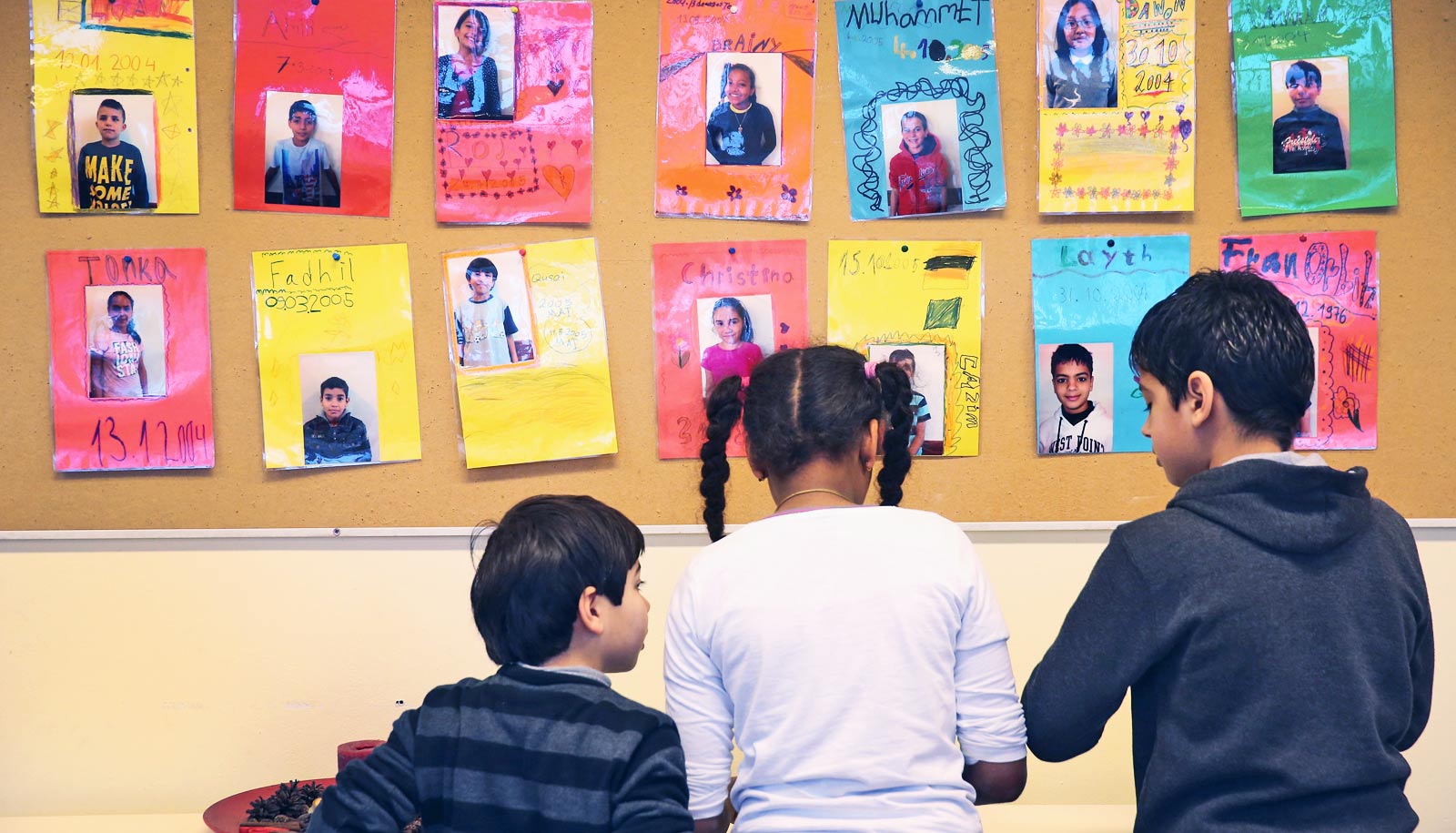As the journalism industry changes, what are professors telling students about their job prospects? To look for work outside the news business, find researchers.
Researchers say they conducted the study, which appears in Social Forces, in response to the massive transformations taking place in journalism, particularly in the field’s labor market.
“The post-Watergate media era where you would work for a local paper or TV station and work your way up to retirement with a nice pension is behind us,” says Max Besbris, an assistant professor of sociology at Rice University.
“Now, papers are shutting down, news outlets are consolidating, and information is widely available on the internet. We wanted to see how these drastic changes in media and media consumption over the past 20 years were impacting journalism education.”
Journalism students beware
Besbris and coauthor Caitlin Petre, an assistant professor of journalism and media studies at Rutgers University, conducted in-depth interviews with 113 faculty, staff, and administrators from 44 US journalism programs that varied in size, prestige, location, and other factors.
The authors argue that journalism schools have sought to reframe the industry’s unstable labor market as an inevitable and even desirable part of the business and its professional identity.
“Professional schools in general seem to be a means by which we can get a good career,” Besbris says. “A medical degree is a pretty clear path, as is the path of a social worker or engineer.
“However, journalism is a less defined profession and you don’t need a license to practice. That’s an interesting aspect of this case. Master’s degrees are on the rise but more of them—including journalism degrees—don’t necessarily offer a clear path to a secure career.”
Time to hustle?
Indeed, the authors found that journalism educators are “very aware” and sensitive to changes in the industry. The majority interviewed said they accept the changes in the field as a reality and see no way of returning to old models. They also agreed that students must move away from thinking about journalism as a coherent career path and instead must accept the precarious nature of their jobs.
“They’re telling their students that they don’t have to, in fact shouldn’t, go work for traditional news organizations—they can do temporary, contract, or freelance work, or work for non-news corporations, the government, NGOs (nongovernmental organizations), or almost any other place,” Besbris says.
“For a long time journalism had been trying to cultivate the difference between journalism and PR (public relations), so it was really interesting to see this change in thinking, and hear individuals say that students should prepare to work as journalists in non-news organizations.”
“Many of these J-school professors are telling students to learn to hustle, be game for anything, and even to celebrate the precariousness of the labor market.”
Most of the educators they interviewed stressed that students should be “as entrepreneurial as possible” and be willing to start their own businesses or websites, Besbris says. They encouraged students to not only become good writers or photojournalists, but also develop the skills to do just about anything including writing, editing, recording, and designing.
“Many of these J-school professors are telling students to learn to hustle, be game for anything and even to celebrate the precariousness of the labor market,” Besbris says.
Pushback
To be sure, there’s pushback from some instructors, Besbris says. Some of those interviewed were “very upset” about the changes taking place in their schools and within the industry. However, those people—who were mostly PhDs with little or distant experience in the field—made up a small minority.
The researchers say they hope the study will illuminate how professional schools writ large are adjusting to labor market instability in the fields for which they’re training students.
The Institute for Public Knowledge at New York University and the Tow-Knight Center for Entrepreneurial Journalism at the City University of New York funded the work.
Source: Rice University



